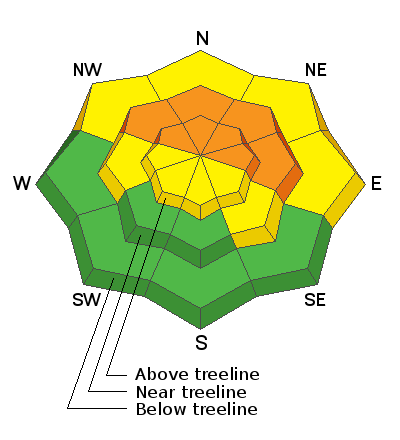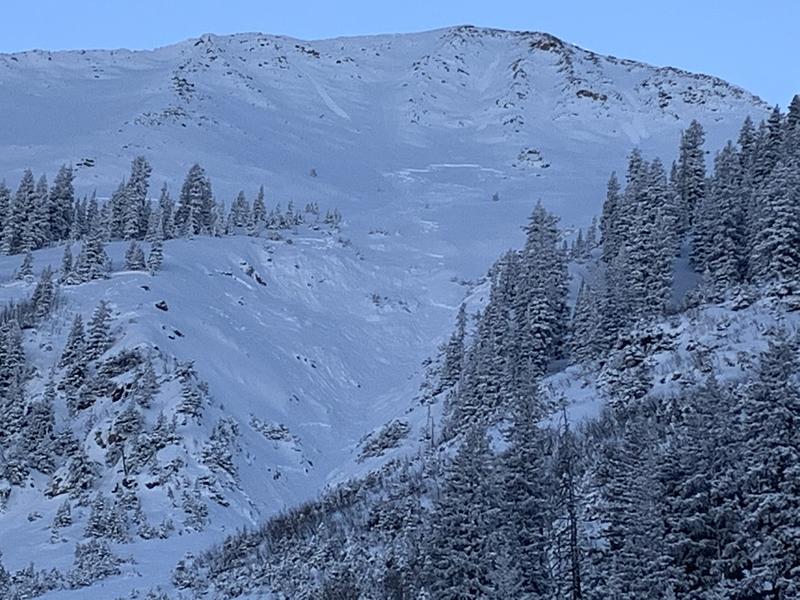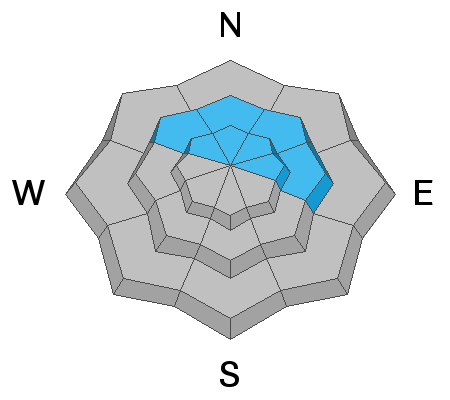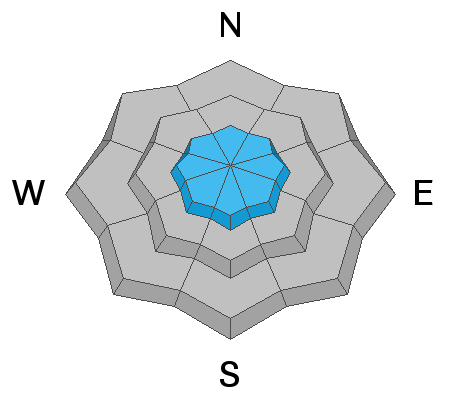Forecast for the Moab Area Mountains

Issued by Eric Trenbeath on
Thursday morning, December 31, 2020
Thursday morning, December 31, 2020
12"-20" of new snow on Monday added a significant load to our weak, underlying snowpack and the avalanche danger is CONSIDERABLE on steep, northerly facing slopes that had a foot or more of pre-existing snow. In these areas, new and wind drifted snow has piled on top of layers of weak, sugary, faceted snow. This persistent weak layer problem will be with us for the foreseeable future and though overall low coverage will make it difficult to access these areas, steep, northerly facing slopes should be avoided. Even a small avalanche triggered under these conditions can have serious and painful consequences. South-facing slopes have a LOW to MODERATE danger for avalanches involving new and wind drifted snow due to spotty or non-existent prior snow cover.

Low
Moderate
Considerable
High
Extreme
Learn how to read the forecast here









